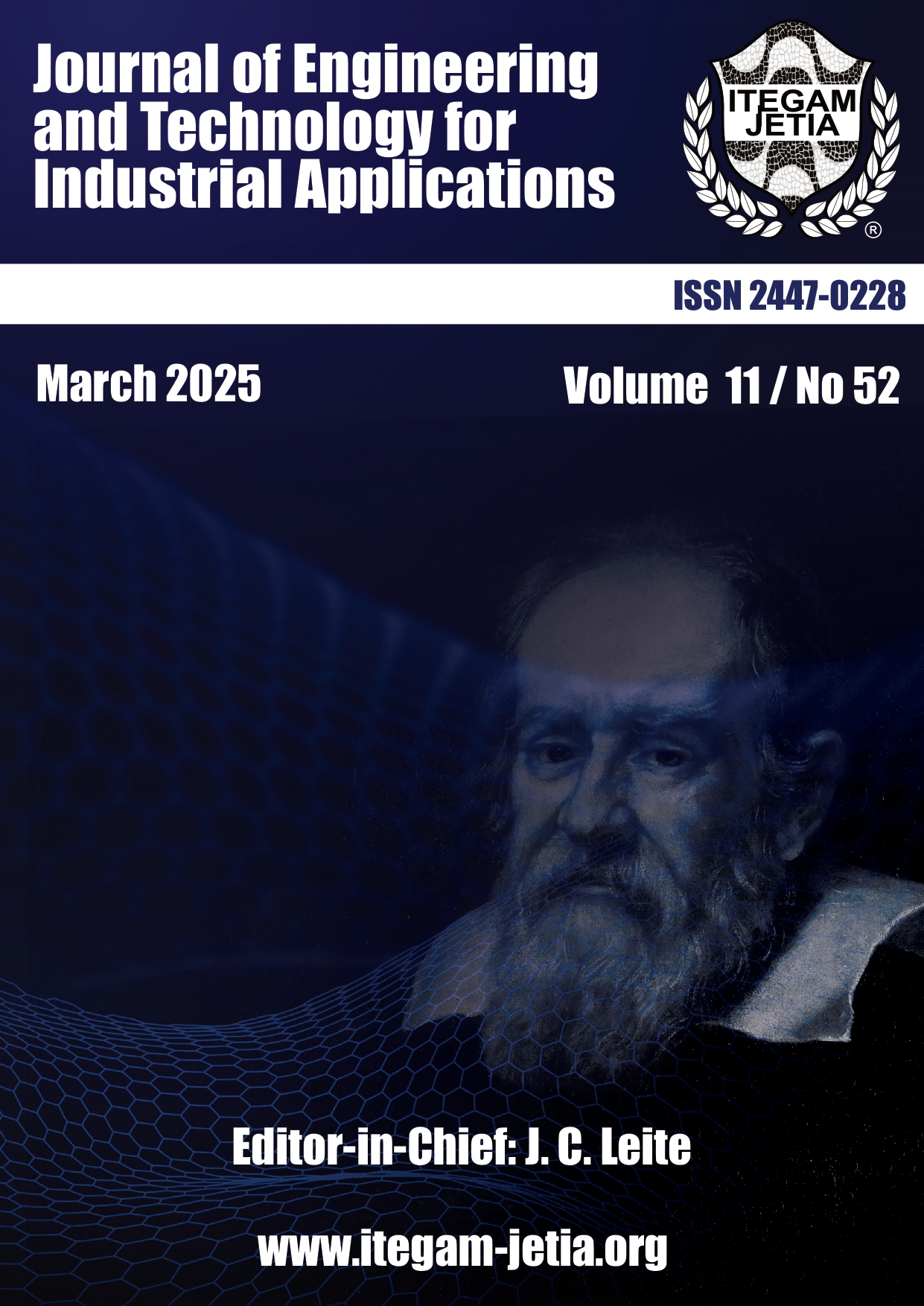Long - Term Assessment of the Spatial Temporal Trends in selected Cloud Radiative Properties over the Three Distinct sites in Kenya
Abstract
The presence of clouds in the Earth’s atmosphere plays an important role in regulating the Earth’s energy budget. Increased anthropogenic activities and emissions can significantly lead to changes in cloud composition and cloud structure affecting the cloud properties causing alterations in climatic conditions over Kenya. Given this, the present study examined the spatial temporal radiative properties of clouds over Nairobi, Malindi and Mbita by paying a special consideration on cloud parameters such as; Cloud Effective Radius (CER), Cloud Optical Thickness (COT), Water Vapor (WV), Precipitation Rate (PR) and Cloud Albedo (CA). These cloud parameters were retrieved from MODerate resolution Imaging Spectroradiometer (MODIS) sensor, the Modern Era Retrospective analysis for Research and Applications, version2 (MERRA-2) model and Tropical Rainfall Measurement Mission (TRMM) between January 2005 and December 2020. Data retrieved on clouds radiative properties was utilized to estimate the trends and spatial variations and assess their statistical significance on climate over the study domain. The Spatial patterns of seasonal mean of cloud parameters from the sensors and the model were generally characterized with positive and negative trends over Kenya observed during the four seasons Spatial trends in the selected cloud properties were determined and observed to vary both seasonally and regionally, the study revealed patterns of trends in cloud radiative properties and forms a basis for further research on clouds over Kenya.
Downloads
Copyright (c) 2025 ITEGAM-JETIA

This work is licensed under a Creative Commons Attribution 4.0 International License.











